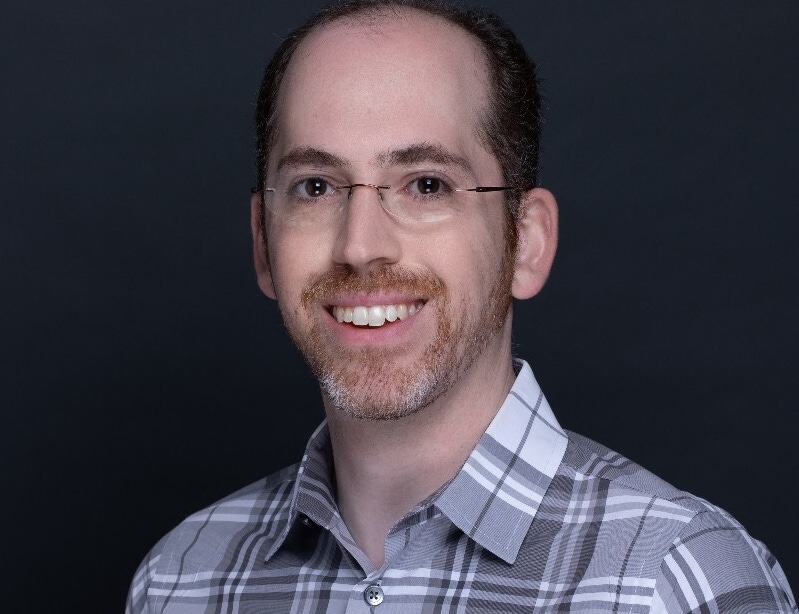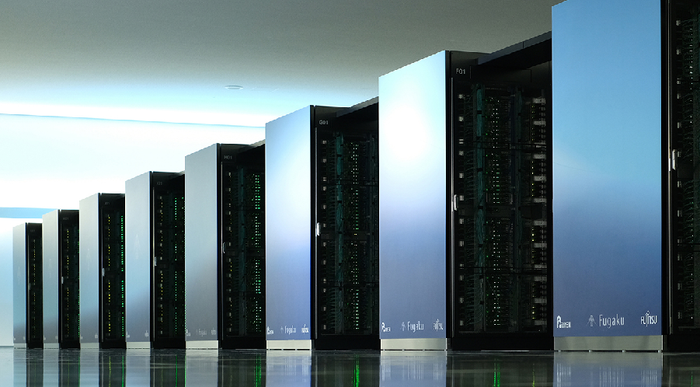
Connects decision-makers and solutions creators to what's next in quantum computing
Breaking the 1,000 Qubit Barrier
Q&A with Atom Computing founder and CTO Ben Bloom

Atom Computing grabbed headlines with its recent announcement that it had beaten industry giant IBM to building a quantum computer with 1,000 qubits.
In this Q&A, Atom Computing founder and CTO Ben Bloom explains why this is significant, how scalable quantum computing will tackle error correction and the use cases for Atom’s neutral atom quantum computers.
Enter Quantum: What does Atom Computing do?
Ben Bloom: We're a quantum computer hardware manufacturer. We use neutral atoms, which is a technique that's been gaining prominence in the last few years. We track, cool and manipulate individual neutral atoms inside a vacuum chamber where we create little light traps for them. The advances we’ve made over the last two years have allowed us to create significantly larger numbers of traps and then be able to cool and individually trap these neutral happens in these light traps.
What advantages do neutral atoms offer over other qubits?
One is every qubit is the same so you can create huge arrays where you don't have to worry about one qubit breaking or being different from the other. Also, coherence times are very long. A few years ago, we published a publication showing a coherence time of 40 seconds compared with coherence times of 100 microseconds in other technologies.
It's difficult to directly compare different quantum technologies, so why is it important in this instance to compare universal gate-based quantum?
People want to be able to write algorithms or software that can run on many different platforms and there has to be a clear path to error correction, and universal gate-based quantum computing falls under that, whether you're using superconducting qubits or trapped ions or neutral atoms. We wanted to work on a platform that made sure that everyone who is currently writing an algorithm for a gate-based computer can run it on our system. If you work on a non-gate-based system, there might be great value in that but it's more niche, and we wanted to offer something that was beyond that.
Why is the ability to scale and add lots of qubits important for fault tolerance?
It turns out that fault tolerance is really hard. The more we've understood about quantum error correction schemes, the more we understand that you're going to need a gargantuan number of qubits to do amazing things that people want to do. You're going to need hundreds, thousands or millions of qubits at the least to be able to do the kinds of things that are going to change the world.
We’re excited about greatly increasing the qubit numbers every time we build new systems. Not just increasing it by tens, but an order of magnitude. Our stated goal is to get to fault tolerance, so this is a stepping stone along the way.
According to its quantum roadmap, IBM won’t reach 1,000 quits until next year. How was Atom Computing able to beat a tech giant?
I've worked on superconducting qubits before and I think there are lots of great things to say about them. But the real strength of neutral atoms is in scaling, more than anything else, which is why we chose them for building a company around. It’s easier to start with a literal cloud of millions and millions of ultra-cold atoms and figure out from that how to get down to individual atoms and start controlling and manipulating them.
Whereas superconducting qubits technology is very fabrication-based, you have to work to make sure you can get wires to every qubit and you have to work a lot with manufacturing defects and stuff like that. You don’t get that with neutral atoms, the system itself is for the most part an empty glass cell or vacuum chamber, and you're projecting light inside that vacuum chamber to create your traps. Then you're doing tricks to create a stream of atoms that goes past that and some complicated quantum mechanical manipulations of those atoms to get them to sit in those traps and stay in those traps.
What are your customers using your quantum computers for?
For near-term stuff, it's almost always optimization, trying to make these connections between the linear algebra tricks and the fact that quantum computers can explore a very large state space very quickly. Classical computers can't do that as quickly.
The bright use case of quantum computers is going to be about simulating quantum-mechanical systems and understanding materials and chemistry in a way we just don't understand at the moment. Computers exist today that can do unimaginably amazing things like that 20, 30, 40 years ago we couldn’t. But we don't have a perfect way of simulating quantum-mechanical systems. When the system gets large enough it gets very complicated and we have to make best guesses about how we are going to understand that system.
A quantum computer could allow us to calculate very clearly what is going on in a very complicated quantum-mechanical system and to understand the amazing advances we've made with everything else in the physical world by being able to constantly simulate it and try different things. I think we'll get that same level of control, simulation and experimentation with quantum mechanics.
What sectors and use cases are you working on?
We’re working with material scientists, especially for various government programs. For businesses, it's mostly been around the promise of quantum chemistry and understanding pharmaceuticals. For financial institutions, it's usually around optimization and portfolio management.
We’re also working with the National Renewable Energy Laboratory to explore how quantum computing might help optimize electric grid operations. It’s a very complicated network and we’re understanding what optimizations you have to perform on that network to make it more efficient and robust.
About the Author(s)
You May Also Like
.png?width=100&auto=webp&quality=80&disable=upscale)
.png?width=400&auto=webp&quality=80&disable=upscale)




